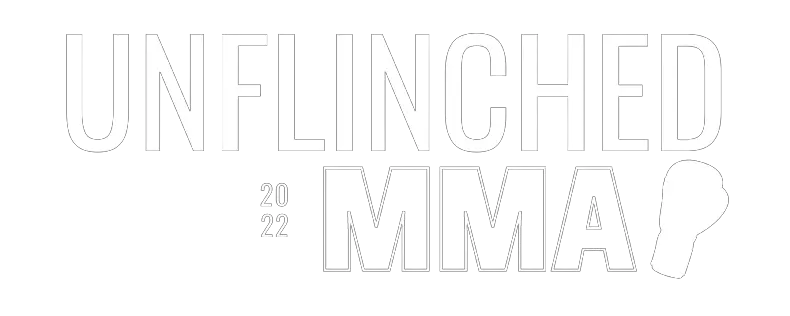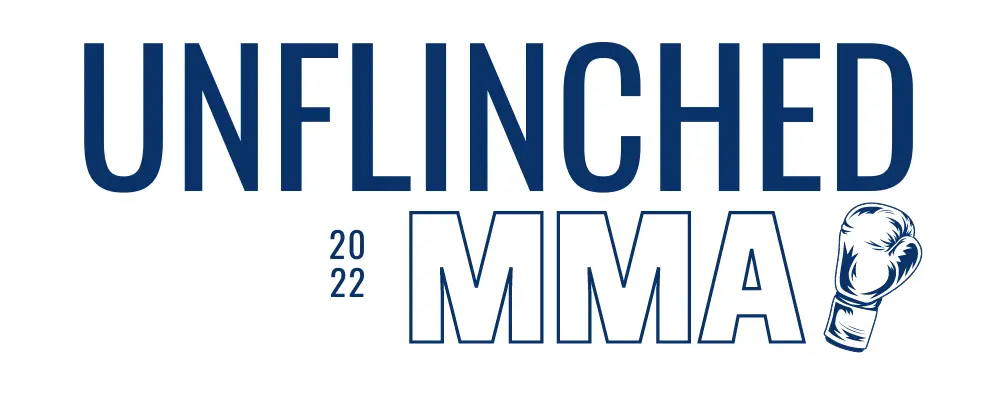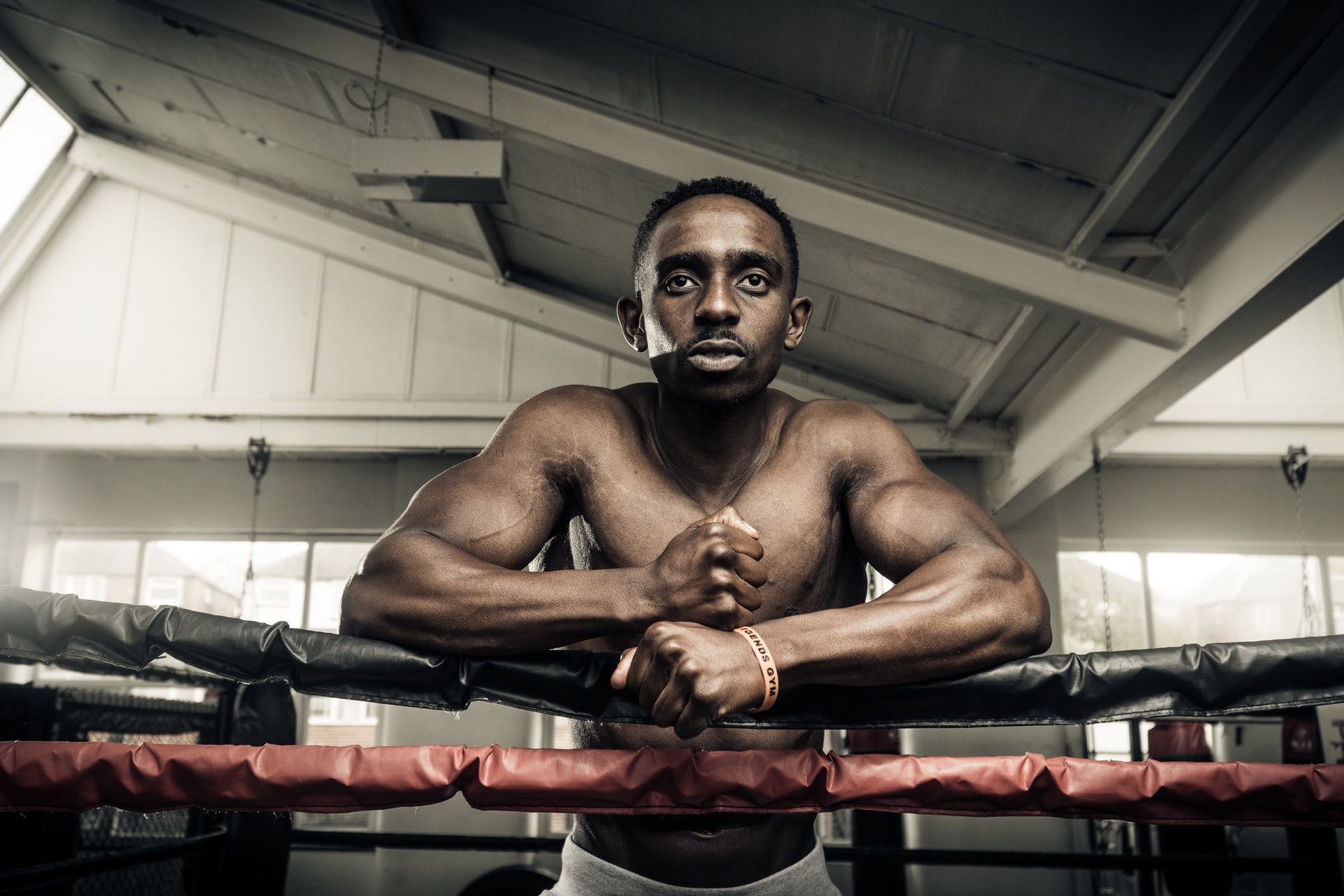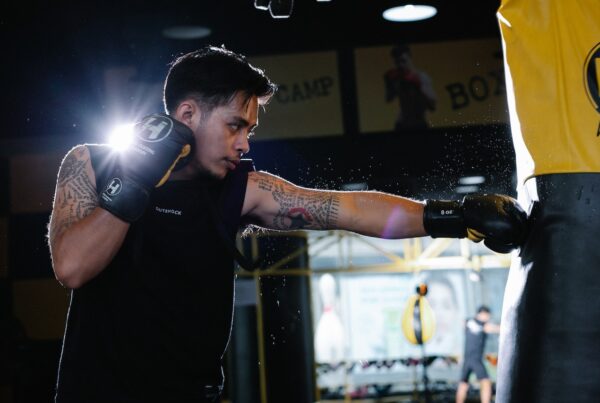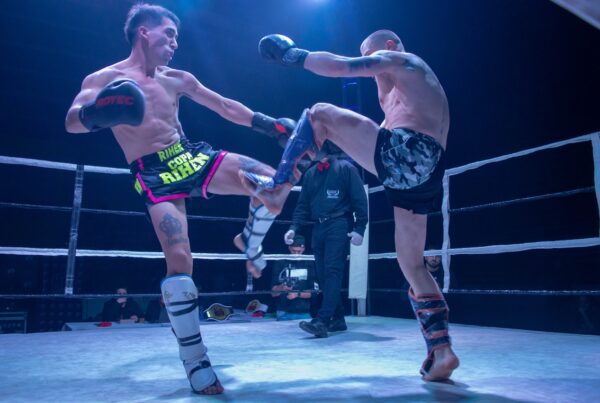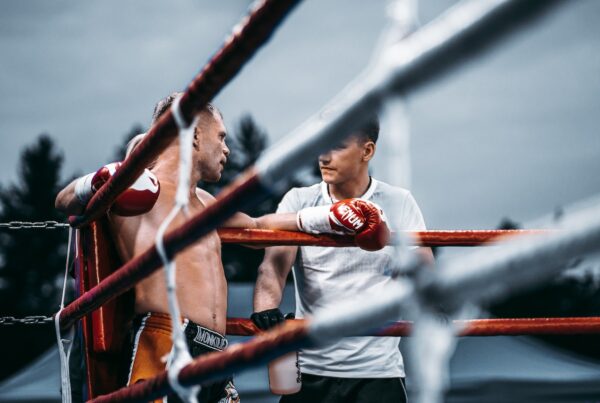For most people, kicking should be more powerful and effective for self-defense than punching. That said, different people have different preferences and the situation matters a lot.
Long ago (before I started training martial arts), I used to wonder whether kicking or punching is better to learn. I wanted to know which martial arts I should learn first. Fast forward many years to today, I ended up learning MMA – where both kicking and punching are used.
In this article, I will compare kicking and punching, the pros and cons to each – and which techniques should you look into (that are most effective for self defense). After this, it should be clear to you when to punch or kick – and when you need to, which technique to perform.
Table of Contents
Which Is More Powerful: Kicking Or Punching?
In terms of natural muscle mass and strength, kicking is generally considered to be more powerful than punching. However, punching has the ability to deliver more powerful blows due to the use of leverage. Additionally, punches can be timed to hit specific areas on an opponent’s body for maximum impact.
For complete beginners, kicking is definitely more powerful due to muscle mass alone. Therefore, kicking is probably better in self-defense than punching.
On the other hand, for experienced fighters who can accurately aim their strikes – both kicking and punching could be equally powerful. This is especially true for boxers who can aim their strike on vulnerable areas like the opponent’s temple or liver.
Which Is More Effective: Kicking Or Punching?
For most people, kicking should be more effective in self-defense than punching because kicks are naturally more powerful, have more range and can be used to disarm or even trip your opponent. That said, if you are trained for punching, then punches too can be very effective.
When it comes to self-defense, kicking or punching is a matter of personal preference. Many people feel that punching is more effective than kicking because it causes more damage and can knock the victim unconscious. It all comes down to what you feel will work best in each situation.
Kicks may be more effective in a street fight situation. This is because kicks are often used to disarm an opponent. Additionally, kicks can be used to trip the opponent, which can lead to a more advantageous position. However, punching can also be effective in a street fight situation.
The most effective punch in a fight is the jab. It has a low impact and causes minimal damage, but can be very effective when used correctly. The most effective kick in a fight is the front kick. This kick is powerful and can cause significant damage to your opponent.
Let’s go into more details of kicks and punches now.
9 Pros And Cons Of Kicking For Self Defense
Pros Of Kicking
- Kick is much more powerful. The human leg is naturally stronger and has more muscle mass than the arms. Also, when kicking, you can use your whole body to generate power and strike your target with greater force. Yes, kicks can be blocked – but even blocking it may do some damage.
- Can be done from a distance. Kicking is safer for you because you are less susceptible to a counter and you can do it from a much greater distance than punches.
- Can be used in a variety of ways. Apart from doing damage, kicks (and your legs) can be used to disarm your opponent or even trip them to the group through specific techniques. Comparatively, it’s quite hard to disarm using punches and even if possible, requires years of practice.
- Easily knock down your opponent. With kicks being more powerful, you can easily knock down your opponent – think of front kick, round house or even leg sweep. Knocking down your opponent is very important for self defense.
- Less tiring to kick. Compared to punching, kicking takes less energy because your legs are trained everyday through standing and walking. If you lack stamina, kicking should be easier.
Cons Of Kicking
- Kick is harder to land accurately and easily evaded. A kick requires a much wider range of motion than punches. Although more powerful, it’s very difficult to land your kicks accurately. And even if you can, kicks are much easier to block and dodge compared to punches.
- Cause injury if not done right. Although your legs are powerful, your joints, ankles and toes are not. Incorrectly landing a kick can cause injury and render you disabled. You need some practice to throw kicks in the correct form that will not cause injury.
- Requires a distance. You cannot perform kicks in a short distance. If your opponent manages to dodge your initial kick and get close, you will be in danger.
- Susceptible to takedown. If your opponent is experienced in takedown techniques like wrestling or BJJ, then you can be taken down very easily – especially after missing a kick.
9 Pros And Cons Of Punching For Self Defense
Pros Of Punching:
- More accurate. Punches have tighter range or motion and are short distance. This allows you to accurately land your punches in vulnerable areas (like temple and jaw) and knock out opponents.
- Can be used in close quarters. You can utilise punches in close quarters. This is important as most fights happen in close quarters and you can still defend yourself even when your opponent is grabbing you or pinning you on the ground.
- Less Predictable. Punches being tighter means you can easily throw feints and bait your opponents – allowing you to be less predictable and more dangerous.
- Can incorporate counters. With punches, timing a counter is possible and extremely damaging. Although a counter is a high-level skill, doing a counter with a punch is still much easier than kicks.
- Easier to learn. Punches are much easier to learn than kicks. Most martial arts classes will begin teaching punches first rather than kicks.
Cons Of Punching:
- Less powerful. Your arms have lesser muscle mass than your legs – making them less powerful compared to kicks.
- Requires close contact to be effective. Punches can only be used for close quarter fights. Making it less effective if your opponent is using kicks.
- Requires more energy. Throwing punches continuously is much more tiring than kicks. Punches are thrown using your shoulders, biceps, forearms and back – where all of them are naturally weaker than your legs.
Less variety. You cannot use punches to disarm opponents or trip them like kicks can – making punches more restrictive and have less variety.
Should You Use Punch Or Kick In Self-Defense?
I recommend using both punches and kicks for self-defense depending on the situation. If your opponent is armed or keeps his distance, then think of kicking. If your opponent is looking to take you down or is in a very close quarter, then think of punching.
When it comes to self-defense, many people lean towards one or the other depending on the situation. Kicking is often seen as more aggressive and likely to cause damage, while punching is seen as less damaging and more graceful. However, each technique has its own set of pros and cons that should be considered when making a decision.
Punching can be effective in quickly incapacitating an opponent, which could allow you to escape or defend yourself effectively. It can also cause significant damage if it connects properly, so it’s important to use precision and timing when punching. However, punching can also be risky because it’s easy for an opponent to dodge or block.
Kicks are less risky than punches because they don’t always connect cleanly – which means you may only inflict minor injuries – but they can still cause significant damage if they connect.
Kickboxing is a great way to improve both your punching and kicking technique because it teaches you how to use your leg simultaneously as an attacking and defensive weapon.
3 Most Effective Kicking Techniques
The most effective kick in a self-defense situation is the one that lands with the greatest impact. This means that kicks that land on the shin or knee are generally more powerful than kicks that land on other parts of the body. Additionally, kicks that use torque (a twisting motion) are generally more powerful than kicks that do not use torque.
1. The Drop Kick. The drop kick is a powerful kicking technique that uses torque to maximize its impact. To execute this kick, you first crouch down and then lift your leg high into the air. You should aim your kick at the opponent’s shin or knee, and try to keep your foot as perpendicular to the ground as possible.
2. The Front Kick. The front kick is a versatile kicking technique that can be used for both offensive and defensive purposes. To use this kick, you first stand upright with your feet shoulder-width apart.
Then, you swing your leg forward, extending it as far as possible towards your opponent. You should aim your kick at their body or head, and try to keep your hips square to the ground throughout the kicking motion.
The front kick is a powerful punch that is delivered with the heel of the foot. It is a very versatile punch that can be used to deal with a wide variety of opponents. The front kick can be used to knock an opponent down, fracture their skull, or even kill them.
Because it is such a powerful punch, it is important for training fighters to practice using it safely and effectively.
3. The Back Kick. The back kick is another powerful kicking technique that can be used for both offensive and defensive purposes. To use this kick, you first stand upright with your feet hip-width apart.
Then, you slowly lower your leg backwards until it’s parallel to the ground. You should aim your kick at your opponent’s chest or abdomen, and try to keep your hips stationary throughout the kicking motion
4 Most Effective Punching Techniques
The most effective punch in a self-defense situation is the one that delivers the most damage. This means that punches that hit below the waistline are generally more powerful than punches that hit above the waistline. Additionally, punches that use leverage are generally more powerful than punching without leverage.
1. The Hook Punch. The hook punch is a powerful punch that uses the user’s hand and arm to curve towards the opponent’s body. Because of its reach and power, the hook punch is a versatile tool that can be used to deliver a wide range of damage.
This punch is used to catch an opponent off guard, as it appears to originate from outside of their guard. The hook punch can be effective when used in combination with other punches or kicks.
2. The Jab. A jab punch is a quick, short punch that is used to harass an opponent. It is less powerful than a cross punch, but it is faster and easier to land. Jabs are typically used to keep an opponent at bay or to disrupt their rhythm. The jab is a simple but powerful punch that uses the user’s hand to strike the opponent in the face.
The jab is easy to learn and can be delivered quickly and easily. Because of its simplicity, the jab is an excellent tool for starting a fight. It can be used to block or evade opponents, as well as to deliver powerful punches and kicks.
3. The Overhand Punch. The overhand punch is a powerful punch that is most commonly used in boxing. It is a straight punch thrown with the hand at a high velocity towards the opponent’s head or face.
The overhand punch can be devastatingly effective when used correctly, but can also be very dangerous if not delivered properly. Because of this, it is important for training fighters to master the technique so they can use it effectively and safely.
4. The Elbow Strike. The elbow strike is one of the most versatile punches in self-defense. It can be used to deliver a wide range of damage, from simple punches to devastating elbows that break bones. Because elbow strikes are so powerful, it is important for training fighters to learn how to use them safely and effectively.
Conclusion
In a self-defense situation, it is important to use the method that is most powerful for your needs. This can be kicked or punched, but it depends on the situation.

